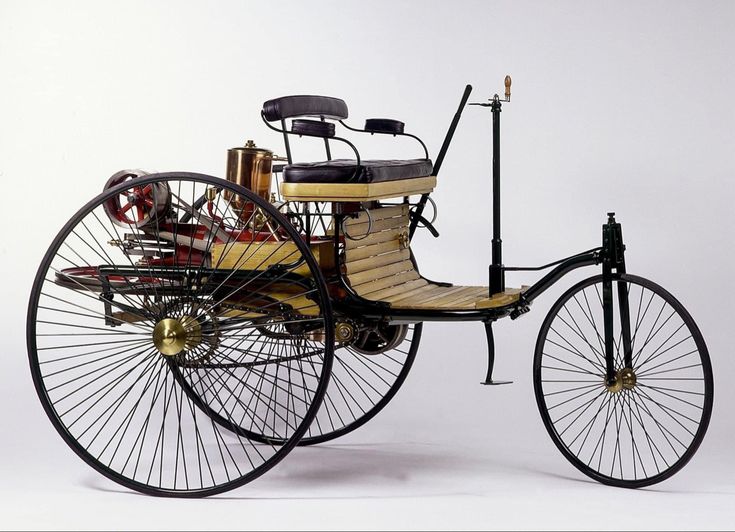How Drivers Took Control—Literally
We all take it for granted: the round steering wheel at the heart of every car. But what if I told you the first cars had no wheel at all? Or that some early versions looked more like tiller bars on a boat than anything you’d grip today?
The history of the steering wheel is a surprisingly quirky journey through engineering, safety, and even fashion. Let’s steer into it.
Early Days: No Wheels, Just Levers
The first automobiles didn’t have steering wheels. Instead, they used tillers—straight bars that drivers would push left or right, much like steering a boat.
-
1886 Benz Patent-Motorwagen – Karl Benz’s legendary “first car” had no wheel—just a tiller.
-
Downside? It was awkward, especially at higher speeds or tight turns. Drivers needed strength and finesse just to keep the car on the road.
The tiller worked fine for slow, three-wheeled machines, but as speeds increased, a better control method became urgent.
1894–1898: The Steering Wheel Is Born (Sort Of)
In 1894, during the Paris–Rouen motor race, some drivers began experimenting with circular control devices. But it wasn’t until 1898 that history was made.
-
Panhard et Levassor (French automaker) built a racing car for Count de Dion that featured the world’s first true steering wheel.
-
The idea caught on fast—by the early 1900s, steering wheels were becoming standard equipment.
Fun fact: The circular shape wasn’t just elegant—it allowed drivers to pull or push in any direction without letting go, making it safer and more ergonomic than the tiller.
1900s–1930s: Wheels, Horns, and Hand Cranks
As the steering wheel went mainstream, it became more than just a tool—it was a central hub for innovation:
-
1910s – Steering wheels started integrating horn buttons.
-
1920s–30s – Some cars had manual spark advance levers built into the wheel hub—drivers could tweak engine timing while driving!
Meanwhile, car companies started adding power-assisted steering, but it remained a luxury feature for decades.
1950s–1980s: The Rise of Power Steering and Safety
-
1951 – Chrysler introduced the first mass-produced power steering system, making turning effortless, especially for large vehicles.
-
Steering columns began to collapse in crashes, saving countless lives.
-
In some models, steering wheels had built-in cruise control, radio dials, or transmission selectors!
Shape-wise, the round wheel still ruled—but square and oval designs occasionally popped up in sports cars and concept vehicles.
The 2000s: High Tech, High Control
The modern steering wheel is basically a cockpit. Today’s wheels often include:
-
Paddle shifters
-
Adaptive cruise controls
-
Lane assist toggles
-
Voice command buttons
-
Heated rims (because luxury)
Luxury brands like Mercedes, BMW, and Tesla have redefined steering wheel design to blend comfort, tech, and control.
2020s and Beyond: Are Round Wheels Going Away?
Now we’re seeing yoke-style steering—like in aircraft—showing up in cars:
-
Tesla’s Model S Plaid introduced a rectangular yoke, which drew mixed reactions. Some love the spaceship feel; others miss the simplicity of turning a full circle.
-
Toyota, Lexus, and BMW have all tested steer-by-wire systems—removing the mechanical link entirely and replacing it with electronic input.
Will the traditional round steering wheel survive? Likely, yes—at least until we no longer drive ourselves.
A Circle of Innovation
From tillers and hand levers to AI-assisted yokes, the steering wheel’s journey mirrors the evolution of the car itself—from crude invention to intelligent machine.
So next time you grip that wheel, remember: you’re holding onto over 120 years of automotive evolution, perfectly shaped to give you control, comfort, and confidence.
